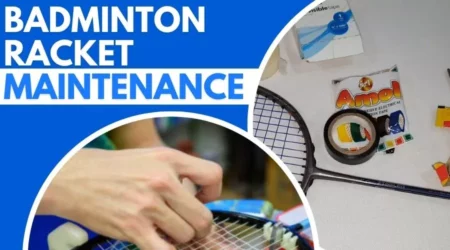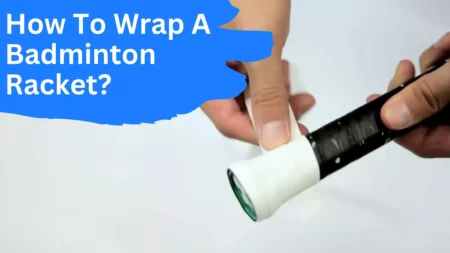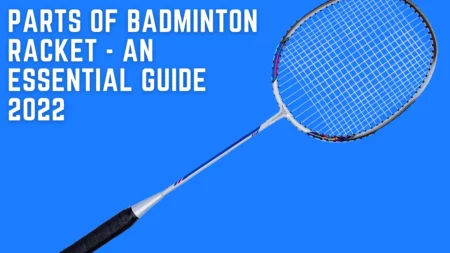
As I walked into the badminton racket factory, I was struck by the sight of rows upon rows of gleaming rackets in various stages of production.
I had always known that badminton rackets were made from a variety of materials, but I had never stopped to think about the science and technology that went into selecting and crafting each one.
As I walked through the factory, I marveled at the various materials that were being used to create the perfect racket. There were racks of carbon fiber frames, shimmering in the fluorescent light.
There were piles of aluminum and titanium shafts, ready to be molded and shaped. And there were rolls of string in every color of the rainbow, made from synthetic fibers that promised to deliver more power, control, and precision with every swing.
But it wasn’t just the composite material that caught my attention. It was the way that they were being used, combined, and engineered to create the perfect balance of strength, flexibility, and enhanced performance.
I watched as skilled craftsmen carefully pieced together each racket, testing and adjusting each component to ensure that it met the highest standards of quality.
As I left the factory that day, I couldn’t help but feel a sense of awe at the incredible materials and technology that went into creating the perfect parts of a badminton racket.
Whether you’re a seasoned pro or a beginner, the right racket can make all the difference in your game. And as I walked out into the bright sunshine, I knew that I had just witnessed the creation of something truly special.
Based on my factory experiences, I will be discussing the materials used in badminton rackets in the market today.
Aluminum and Graphite
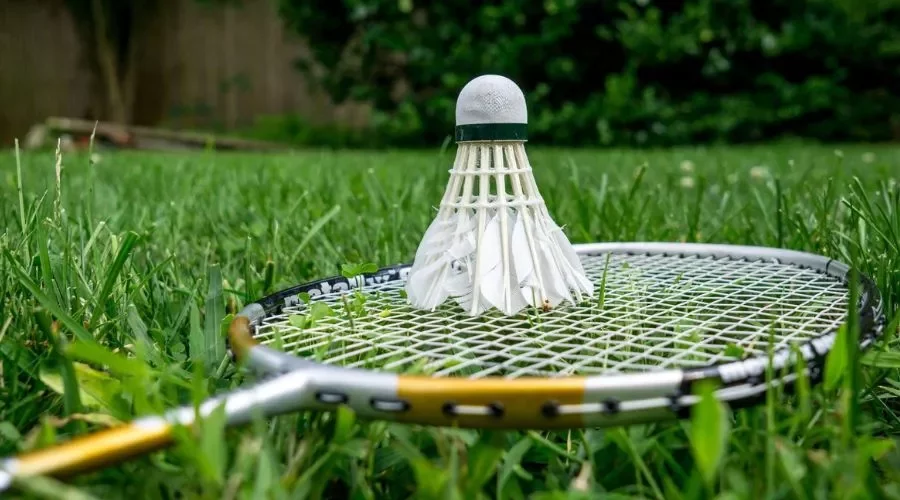
As someone who has played badminton for many years, I’ve had the chance to try out rackets made from a variety of different materials.
One of my favorite materials is aluminum, which is known for its strength and durability. I’ve used aluminum badminton rackets that have held up remarkably well over time, with minimal wear and tear even after hundreds of hours of playing badminton.
One of the things I love most about aluminum rackets is their power. They tend to have a stiffer racket frame and shaft, which allows for more energy to be transferred to the shuttlecock. This makes them a great choice for enhancing players who are looking to add some extra oomph to their strong shot response.
Another material I’ve had experience with is graphite badminton rackets, which is known for its lightweight racket and flexible properties.
Graphite rackets tend to be more forgiving than aluminum ones, making them a smart pick for badminton Intermediate players who are still learning the ropes. They also tend to have a larger sweet spot, which can help to compensate for less-than-perfect techniques.
Overall, I think both aluminum and graphite have their own unique benefits and drawbacks. It really comes down to personal preference and what you’re looking for in a racket.
Some Intermediate players might prefer the raw power of an aluminum racket, while others might appreciate the versatility and forgiveness of a graphite badminton racket. As for me, I like to switch things up depending on my mood and the type of game I’m playing.
Nylon

Nylon is a common material used for making badminton racket strings. It is known for its durability, flexibility, and affordability.
Nylon strings are often used in entry-level rackets or for recreational play, as they are less expensive and less sensitive to changes in temperature and humidity compared to other materials such as polyester or kevlar.
However, nylon strings do have some drawbacks. They tend to stretch more than other materials, which can affect the tension of the strings and the overall performance of the racket. They also may not provide as much power or control as some other string materials.
Considering the best budget badminton rackets with nylon strings, it’s important to keep in mind that they may not offer the same level of performance as rackets with higher-quality strings.
However, they can still be the right decision for casual or recreational play, or for players on a budget.
Natural Animal Gut

Natural gut is a traditional material that has been used for badminton racket strings for many years. It is made from the small intestine of animals such as cows or sheep and is known for its natural elasticity and durability.
The main benefit of natural gut strings is their ability to provide a comfortable and “forgiving” feel on the racket. They tend to be softer and more flexible than synthetic materials strings, which can help to reduce shock and vibration on the player’s arm. They also have a natural ability to absorb moisture, which can be helpful in humid conditions.
Some drawbacks to using natural animal gut strings. They can be more expensive than synthetic options, and they are also more sensitive to changes in temperature and humidity. They may lose tension more quickly and require more frequent restringing, which can be an inconvenience for some players.
Natural animal gut strings can be a good choice for players who are looking for a comfortable, natural feel on their racket. However, they may not be the best choice for players who are looking for maximum power and control, or who want a more durable and long-lasting string option.
Cotton and Elastic
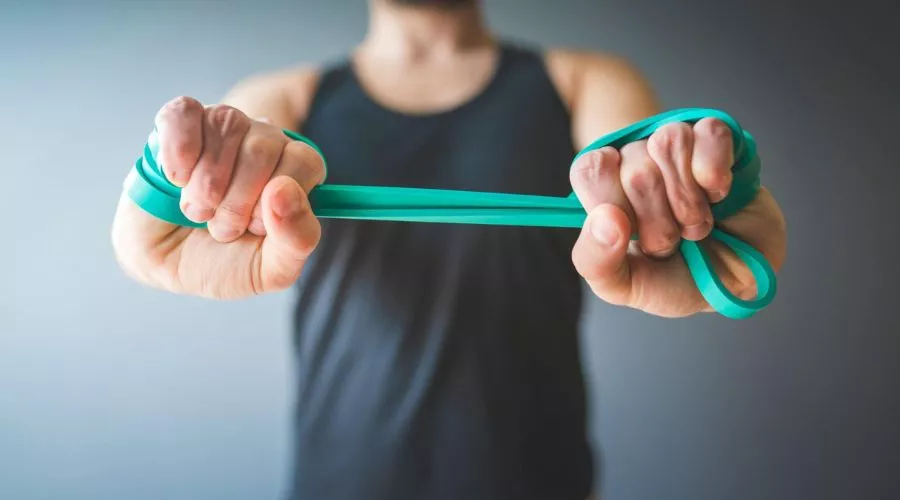
As my friend and I stepped onto the badminton court, I couldn’t help but notice the unusual strings on her racket. “What kind of strings are those?” I asked, eyeing the bright white strings with interest.
“They’re made from a blend of cotton and elastic,” she replied, giving the strings a gentle tug. “I read about them online and decided to give them a try. They’re supposed to be really comfortable to play with.”
Intrigued by this new type of string material, I asked my friend to tell me more. She explained that cotton and elastic strings are made from a combination of natural cotton fibers and synthetic elastic material. They are known for their soft, cushioned feel and their ability to absorb shock and vibration.
As we began our game, I was pleasantly surprised by how well the strings performed. Despite their soft and flexible nature, they still had plenty of power and control, allowing my friend to place her shots with precision. She told me that the cotton and elastic blend provided a comfortable and forgiving feel on the racket, which helped to reduce fatigue on her arm.
I was impressed by the unique characteristics of cotton and elastic strings. While they may not be suitable for all players or playing styles, they could be a for wise selection those seeking a comfortable and forgiving feel on their racket. I was pleasantly surprised by how well the strings performed during our game and I may consider giving them a try myself in the future.
Polyurethane
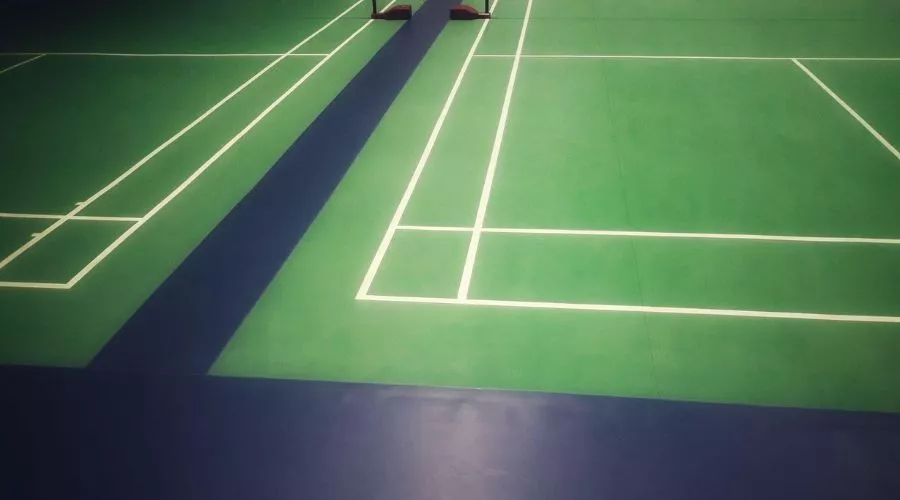
Polyurethane is a synthetic material that has been utilized in the construction of badminton rackets for a number of years due to its strength and durability.
Rackets made with Polyurethane are a synthetic material that has been utilized in the construction of badminton rackets for a number of years due to their strength and durability.
Rackets made with polyurethane racket frames and shafts tend to have a consistent and stable playing surface, as they are less prone to deformation over time. This can help to maintain the racket’s performance and playability.
In addition, polyurethane is known for its versatility as it can be molded into various forms and structures. This makes it an ideal material for rackets with specialized or unique designs. frames and shafts tend to have a consistent and stable playing surface, as they are less prone to deformation over time. This can help to maintain the racket’s performance and playability.
In addition, polyurethane is known for its versatility as it can be molded into various forms and structures. This makes it an ideal material for rackets with specialized or unique designs.
On the other hand, polyurethane rackets may not be suitable for all players or playing styles due to their inflexibility and lack of forgiveness compared to other materials. They may also be more susceptible to cracking or breaking under extreme force or impact.
It is crucial to carefully consider the pros and cons of polyurethane rackets before making a purchase, as it is important to choose a racket that aligns with your playing style and needs.
What is the best material for a badminton racket?
I have had the opportunity to try out rackets made from a variety of different materials. In my personal experience, I have found that the best material for a badminton racket will depend on the individual player and their playing style.
For example, I personally prefer rackets made from a combination of carbon fiber rackets and aluminum, as I find that this material provides a good balance of power, control, and durability. The carbon fiber helps to deliver a fast and responsive feel, while the aluminum provides added strength and stability.
Other players may prefer rackets made from materials such as titanium or graphite, which can provide a different combination of characteristics and performance. the choice of material for a badminton racket is a personal decision that will depend on the specific needs and preferences of the player.
FAQS
What material is used in badminton rackets?
There are several materials that are commonly used in the construction of badminton rackets, including aluminum, carbon fiber, titanium, and graphite. Rackets may also be made from a combination of these materials.
How do you manufacture a badminton racket?
To manufacture a badminton racket, the following steps are typically involved: design, raw material gathering, cutting and shaping of materials, assembly, quality control, and packaging and shipping. These steps involve designing the racket, gathering the necessary materials, cutting and shaping the materials into the desired form, assembling the racket, inspecting it for quality, and finally packaging and shipping the finished product.


